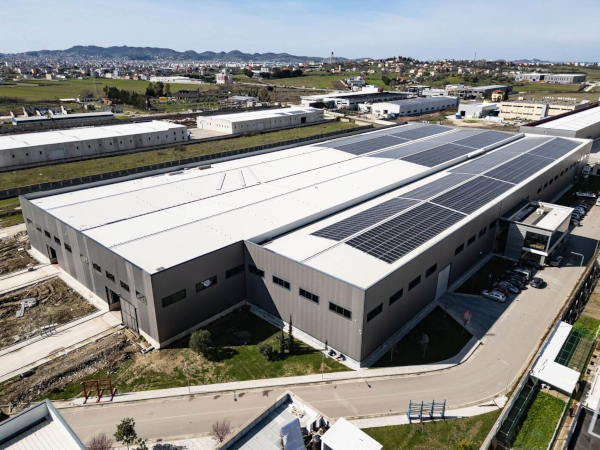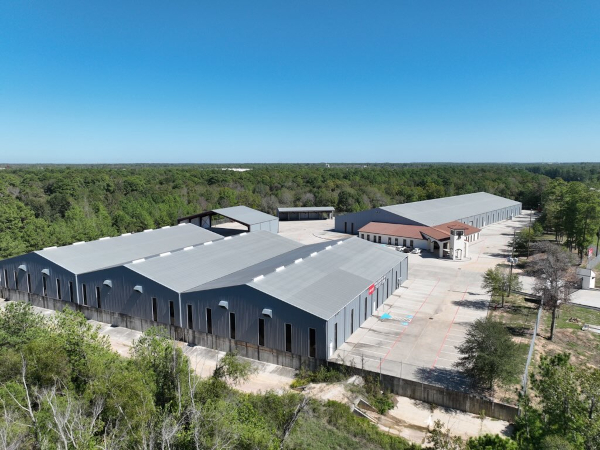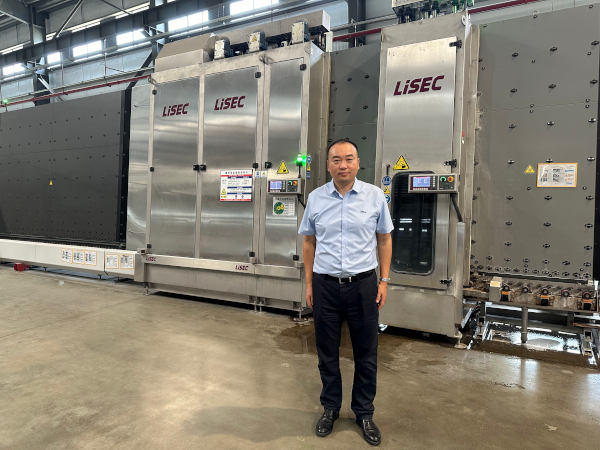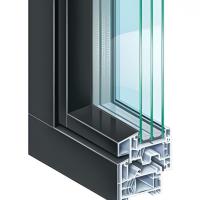Date: 6 September 2007
But what options do procurers have? Gerry Mitchell, innovations manager at leading UK glass wool insulation manufacturer Saint-Gobain Isover, advises.
When it is possible to insulate a home in Europe so well that it can be heated with just a few tea lights, the potential for improving the thermal performance of healthcare buildings becomes too good to ignore.
Of course, in an ideal world these measures are designed in from the beginning so that a brand-new healthcare building gets off to the best possible start in terms of optimum energy performance. Glass wool insulation in the roof, walls and floors helps to achieve this.
But glass wool insulation can also help the many buildings that would otherwise be demolished to make way for a bigger, better replacement because often that is the most cost effective way of solving an energy-deficiency problem.
However, this process is also incredibly disruptive, especially if the new building has to be built on the footprint of the old as is usually the case on restricted brownfield sites. Patients least of all cannot be expected to handle such disruption.
Where it is viable to retain the existing building, a number of measures can be taken to improve its energy performance, ranging from overcladding and façade treatments, through photovoltaic roofing and solar panels to glazing that encourages the use of natural light and ventilation, to name just a few.
But the simplest and probably the most cost-effective way is with glass wool insulation. Improving levels of this in the roof and external walls as well as insulating plant and equipment makes the single biggest impact on how the building performs.
Depending on the building’s original construction and current state of repair, glass wool insulation can be added to the external fabric or to the actual structure of the building, for instance, blown wool in the cavities of traditional brick and block walls.
Where this is not possible, glass wool insulation can be added internally like dry lining, usually incorporating some form of framing system, and with the high-performance of current compressed insulations, the reduction in internal floor space is minimised.
Determining that insulation is the best way to improve the energy performance of an existing healthcare building is not the end of the story however. Choices then need to be made about what type of insulation to use.
More and more specifiers and users are insisting on the use of insulation materials that not only deliver technical performance but also come with exceptional green credentials, with the BRE Green Guide to Specification a common point of reference.
Isover insulation is a glass wool product manufactured from silica sand, the earth’s most abundantly naturally-occurring mineral. Inorganic and completely inert, it will not sustain fire or vermin nor breed or promote bacteria or fungi.
More than 80% of the raw material used in the production process is recycled post-consumer glass, from building regeneration projects for example, or reprocessed waste from bottle and flat glass manufacture that would otherwise go to landfill.
Consider also that it takes one cubic metre of the raw material to create 150m3 of glass wool insulation without the use of CFCs, HCFCs or other environmentally damaging gases. That the production of one tonne of glass wool insulation releases about 0.8 tonnes of CO2. Then that the annual CO2 saving that can be realised by building in glass wool amounts to as much as six tonnes.
Assuming a useful lifespan of 50 years, using glass wool can save up to 300 tonnes of CO2 – 375 times as much as the CO2 emissions caused by its production.
And when it comes to production and transportation, glass wool insulation “pays for itself” within a few days. Comparing an upper floor slab of one cubic metre in reinforced, uninsulated concrete (U-value = 3.5 W/m2K) with one insulated with 35cm glass wool (U-value = 0.1 W/m2K), the former loses 360 KWh per square metre per year while the latter comes in at a mere 10 KWh. This saves 350 kWh per square metre per year.
Compared to the annual energy savings of 350 KWh/m², the energy needed for production, transportation and installation of the glass wool insulation amounts to a mere 22 kWh so it pays for itself in less than 10 days.
Sometimes the most effective solutions are the simplest.



















Add new comment